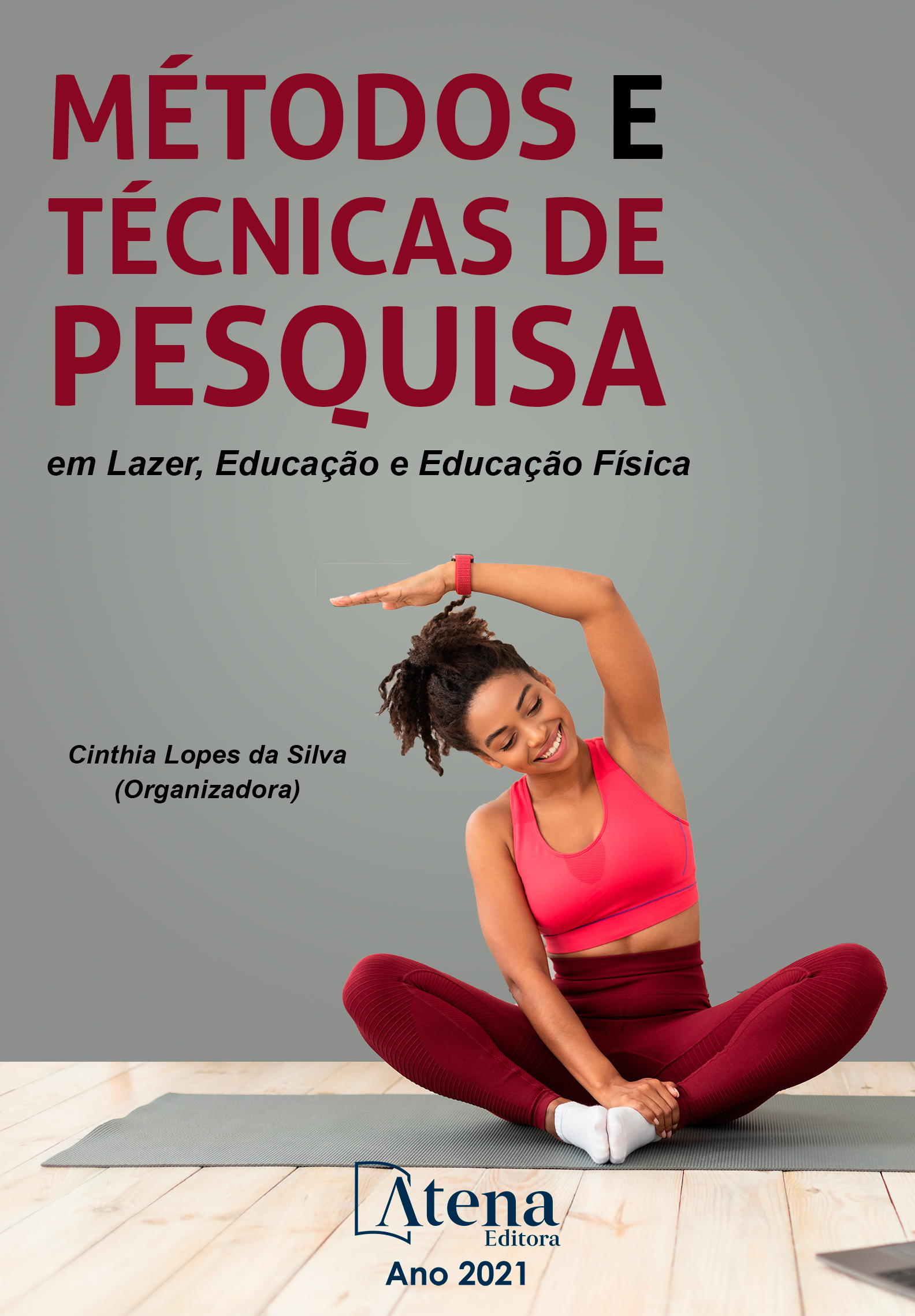
Método kinético e jogo: motores de aprendizagem significativa
Um dos fundamentos teóricos para assumir a corporalidade e o movimento como parte essencial da aprendizagem é oferecido pela posição fenomenológica do filósofo francês Maurice Merleau-Ponty. Seguindo a tradição da fenomenologia postulada por Edmundo Husserl, que desenvolveu seu pensamento com ênfase no conceito de estar no mundo e buscou compreender a experiência do mundo vivido e sua expressão por meio das amplas possibilidades criadas pelo próprio corpo. É importante mencionar que, ao compreender que se trata de refletir sobre a forma como o ser pode aprender a ser e a viver, a proposta existencial do brincar mostra diversas manifestações e expressões de corporalidade e movimento nas múltiplas atividades lúdicas e cotidianas.
Nesse sentido, os caminhos da fenomenologia para compreender e compreender as possibilidades da corporeidade, reforçam os argumentos para constituir o método cinético, é um processo aberto de caminhos para aprender a partir dos elementos corporais e modos lúdicos de apropriação de experiências, de desenvolver reflexão e construir uma aprendizagem significativa.
O método cinético envolve a relação entre corpo e mente, percepção e reflexão, movimento e interpretação; as três fases são essenciais nas suas etapas, bem como na concepção e aplicação das estratégias de aprendizagem
Método kinético e jogo: motores de aprendizagem significativa
-
DOI: 10.22533/at.ed.3742120056
-
Palavras-chave: kinética, jogo, corporeidade, fenomenologia, método
-
Keywords: kinetic, game, corporeality, phenomenology, method
-
Abstract:
One of the theoretical underpinnings for assuming corporality and movement as an essential part of learning is offered by the phenomenological position of the French philosopher Maurice Merleau-Ponty. Following the tradition of phenomenology postulated by Edmundo Husserl, which developed his thinking with an emphasis on the concept of being in the world and sought to understand the experience of the lived world and its expression through the wide possibilities created by the body itself. It is important to mention that when understanding that it is about reflecting on the way in which the being can learn to be and live, the existential proposal of playing shows various manifestations and expressions of corporality and movement in the multiple playful and daily activities.
In this sense, the paths of phenomenology to understand and comprehend the possibilities of corporeality, reinforce the arguments to constitute the kinetic method, it is an open process of paths to learn from the corporal elements and playful ways of appropriating experiences, of develop reflection and build meaningful learning.
The kinetic method involves the relationship between body and mind, perception and reflection, movement and interpretation; the three phases are essential in their stages, as well as in the design and application of learning strategies.
-
Número de páginas: 20
- VANESSA GARCIA GONZALEZ
- MAFALDO MAZA DUEÑAS


